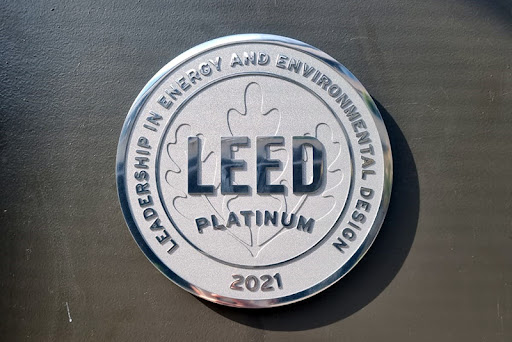The LEED (Leadership in Energy and Environmental Design) certification program, created by the US non-governmental organization (NGO) US Green Building Council (USGBC) in 1998, is the most widely recognized and used internationally, including in Brazil, to certify sustainable buildings.
What LEED certification evaluates
The program evaluates projects based on location and transportation, sustainable space, efficiency of water use, energy and atmosphere, materials and resources, internal environmental quality, innovation and processes, as well as regional priority credits. The level of certification is defined according to the number of points acquired, and can vary from 40 points to 110 points.
The benefits of LEED certification go beyond financial savings and environmental management. LEED-certified buildings provide a healthier and more comfortable environment for occupants, improve indoor air quality, increase access to natural light and promote a connection with the outdoors.
LEED Platinum certification
The highest level of certification, for projects that earn 80 points or more, is LEED Platinum. This certification represents the highest level of excellence in sustainable construction. LEED Platinum buildings demonstrate an unparalleled commitment to environmental preservation, using innovative technologies and design practices that go beyond conventional standards.
These projects incorporate advanced solutions such as renewable energy generation, efficient water management and sustainable materials. In addition, they prioritize the well-being of the occupants, the connection with the community and the promotion of positive social and economic impacts.
There are many benefits to obtaining LEED Platinum certification. As well as helping to preserve the environment, this rating adds value to the property, attracting tenants and investors who are looking for sustainable spaces. The reduction in operating costs and the possibility of obtaining financial incentives make investing in LEED Platinum projects even more attractive.
This certification serves as a model for the construction industry to follow, inspiring others to adopt more sustainable practices and build a greener, healthier future for generations to come.



